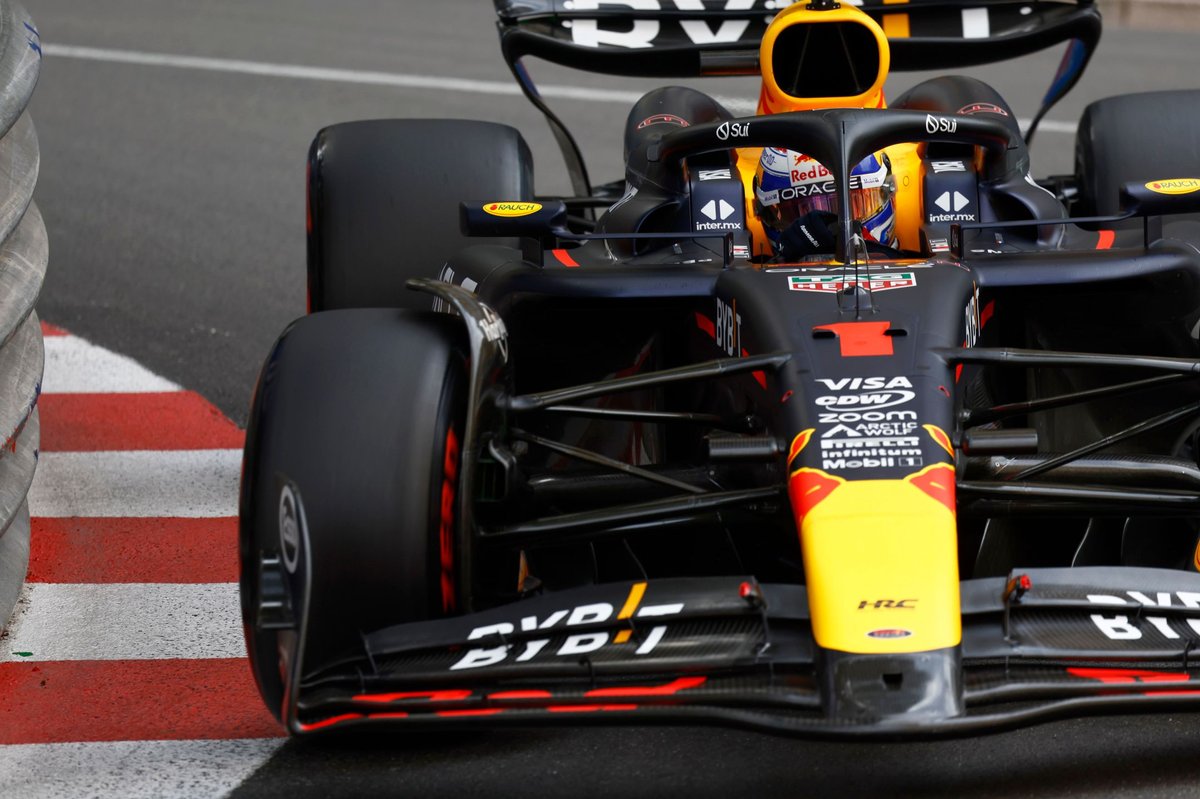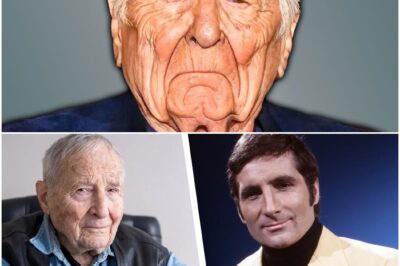In the high-octane world of Formula 1, where split-second decisions and razor-thin margins define victory, drama is the engine that fuels its global appeal. Every race weekend is a symphony of roaring engines, screeching tires, and heart-pounding moments, meticulously packaged and broadcast to millions of eager fans. But beneath the polished veneer of heroism and heartbreak lies a growing problem that threatens the very integrity of the sport: a pervasive culture of over-sensationalization that often sacrifices nuance for a neat, dramatic narrative. The sport, in its quest for engagement and blockbuster storylines, is increasingly framing expected outcomes as miracles and predictable struggles as catastrophic failures. This trend not only distorts the competitive reality on the track but also creates a toxic environment of unrealistic expectations that can make or break a driver’s career.

Two recent examples perfectly encapsulate this phenomenon: Max Verstappen’s dominant victory at Monza and the turbulent narrative arc of Yuki Tsunoda’s career. At first glance, these two stories seem unrelated—one about a champion at the peak of his powers, the other about a young talent fighting for his place on the grid. Yet, they are two sides of the same coin, illustrating how the F1 hype machine manufactures extremes, leaving little room for the complex, technical truths that govern the sport.

Let’s first dissect the narrative surrounding Max Verstappen’s win at the iconic Monza circuit, the “Temple of Speed.” As Verstappen crossed the finish line, securing another victory in a season of sheer dominance, the commentary was electric. Pundits and fans alike hailed it as a masterclass, a near-miraculous performance of driver skill, tire management, and strategic genius. Verstappen was lauded for wrestling his machine to victory, seemingly against the odds, on a track where Red Bull’s rivals were expected to put up a tougher fight. The story was simple, compelling, and emotionally resonant: a champion proving his mettle through sheer force of will.
But was it a miracle? The reality is far more grounded in engineering and physics. The Monza circuit, with its long straights and minimal high-downforce corners, is an outlier in the F1 calendar. It rewards one thing above all else: straight-line speed and low-drag efficiency. The Red Bull car, a marvel of aerodynamic design, was perfectly suited to these characteristics. The team arrived at Monza with a package that was, by all objective measures, the class of the field for that specific environment. Verstappen’s driving was, as always, brilliant. His control of the race, his ability to manage his tires, and his flawless execution were undeniable. However, his performance was an optimization of a superior tool, not a supernatural feat. The narrative of a “miracle” conveniently overlooked the fact that Red Bull’s victory was, in many ways, an expected outcome dictated by the fundamental principles of automotive engineering.
This isn’t to diminish Verstappen’s talent. He is, without question, one of the greatest drivers of his generation. The issue lies in the framing. By portraying his win as an extraordinary upset or a superhuman effort, the narrative overshadows the incredible work of the hundreds of engineers and designers back at the factory. It simplifies a complex equation of strategy, mechanics, and driver skill into a digestible but misleading story of individual heroism. It also sets a dangerous precedent. When every win is a “miracle,” the sport loses its sense of perspective. It creates a narrative landscape where only the most extreme outcomes are deemed worthy of attention, while the subtle, incremental gains that truly define F1 are ignored.

On the other end of this spectrum is the cautionary tale of Yuki Tsunoda. Early in his career, the young Japanese driver was a media darling. His aggressive driving style and fiery personality captured the imagination of fans, many of whom were convinced he was the next big thing. The hype was immense. Social media buzzed with demands for Tsunoda to be given a seat at the senior Red Bull team, with many believing he possessed the raw talent to challenge for podiums and wins immediately. The narrative was set: Tsunoda was a “miracle” in the making, a prodigious talent destined for greatness.
Fast forward to the present, and the story has soured dramatically. After getting his chance and facing the immense pressure and steep learning curve that comes with it—struggling, like many talented drivers before him, to consistently match his highly decorated teammate—the tide of public opinion has turned viciously. The same voices that once called for his promotion are now clamoring for his removal from the sport entirely. His every mistake is magnified, his every struggle framed as a catastrophic failure. He has gone from being the hero of a miracle narrative to the villain of a disaster story.
Tsunoda’s experience highlights the cruel whiplash effect of F1’s sensationalist culture. The initial, unrealistic hype set him up for an inevitable fall. When he failed to live up to the “miracle” expectations—expectations that ignored the years of development and adaptation even the most gifted drivers require—the narrative machine simply flipped the switch. There was no room for nuance, no allowance for the reality of a young driver finding his footing in the most competitive motorsport series on the planet. He was either a prodigy or a failure, with no middle ground. This binary, black-and-white view of performance is not only unfair to the drivers but also deeply damaging to the sport’s credibility. It fosters a short-term, reactionary fan culture that lacks the patience and understanding to appreciate the long, arduous journey of a professional athlete.

The core of the issue is that Formula 1 is, at its heart, a sport of infinite, fascinating nuance. It’s a world where a tenth of a second can be the difference between pole position and fifth place, where a minor setup change can transform a car’s performance, and where a tire strategy executed with surgical precision can snatch victory from the jaws of defeat. The real drama of F1 lies in these intricate details, in the relentless pursuit of perfection by thousands of brilliant minds. Yet, the current media landscape, driven by the need for clicks, views, and viral moments, often bypasses this complexity in favor of sensational headlines.
This isn’t a problem without a cause. The rise of docu-series like Netflix’s “Drive to Survive” has brought a massive new audience to F1, but it has done so by emphasizing interpersonal rivalries and dramatic storylines, sometimes at the expense of technical accuracy. Social media acts as an echo chamber, amplifying the most extreme takes and drowning out more considered analysis. The result is a feedback loop where narratives of miracles and disasters are constantly generated, reinforced, and amplified, creating a distorted reflection of what truly happens on the track.
Ultimately, while the highs and lows of Formula 1 are undeniably real and thrilling, their portrayal is often a caricature. A driver’s brilliant performance in a well-suited car becomes a mythic feat of heroism. A young driver’s predictable growing pains become an unforgivable catastrophe. By constantly chasing the next big story, F1 risks losing sight of the small, essential truths that make it such a compelling sport. It’s time for fans, pundits, and the media to take a step back, look beyond the sensational headlines, and appreciate the beautiful, complex, and nuanced reality of the world’s greatest motorsport.
News
Johann, Katja und das Vermächtnis der Liebe: Die herzzerreißende Wahrheit hinter der Hofwoche, die den Witwer zu Tränen rührte
Die „Hofwoche“ bei „Bauer sucht Frau“ ist traditionell jene Zeit, in der aus vorsichtigen Begegnungen entweder zarte Romanzen oder endgültige…
Das letzte Tabu: Peter Alexanders bittere Liste – Wem der Entertainer-König bis zum Tod nie verziehen hat
Die Schatten des Giganten: Peter Alexanders schmerzhafte Abrechnung mit dem Ruhm Wien, Februar 2011. Über der noblen Villa im Stadtteil…
Die Tränen hinter dem Applaus: Wie Lena Valaitis ein halbes Jahrhundert lang ihren größten Schmerz verbarg
Lena Valaitis. Eine Stimme, die wie ein zarter, warmer Windhauch die deutsche Musiklandschaft durchzog. Sie ist die Ikone des deutschen…
Das jahrzehntelang verborgene Trauma: Mit fast 95 Jahren enthüllt Freddy Quinn das herzzerreißende Geheimnis, das seine späte Liebe Rosy zu Tränen rührte.
Das Vermächtnis des stillen Schmerzes: Freddy Quinn bricht sein Schweigen über das Trauma, das ihn nie verließ Freddy Quinn, der…
„Vorgeführt und manipuliert“: Nach dramatischem Rauswurf packt „Bauer sucht Frau“-Hofdame Selina aus und rechnet mit RTL ab
Die aktuelle Staffel von „Bauer sucht Frau“ liefert regelmäßig emotionale Höhepunkte, doch selten zuvor hat eine Abfuhr so viel Staub…
Inmitten des Krebskampfes: Das blonde „Minimi“ seines Enkels Sebastian wird für Thomas Gottschalk zum unerwarteten Quell der Lebenskraft
Ein Kampf jenseits der Bühne: Gottschalks stille Herausforderung Thomas Gottschalk. Allein der Name ruft Bilder von Samstagabend-Spektakeln, sprühender Energie und…
End of content
No more pages to load












